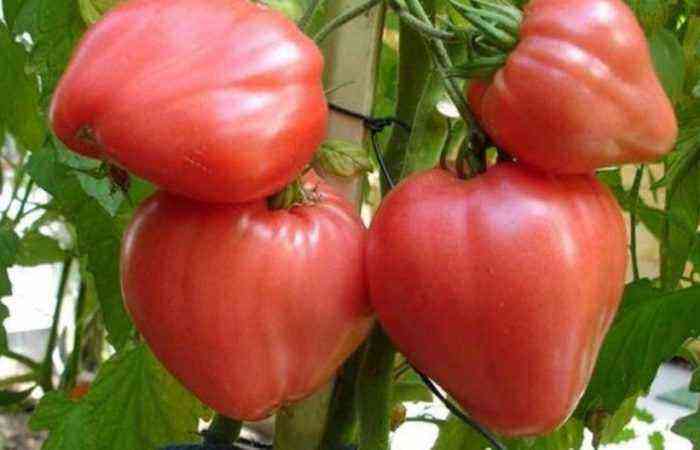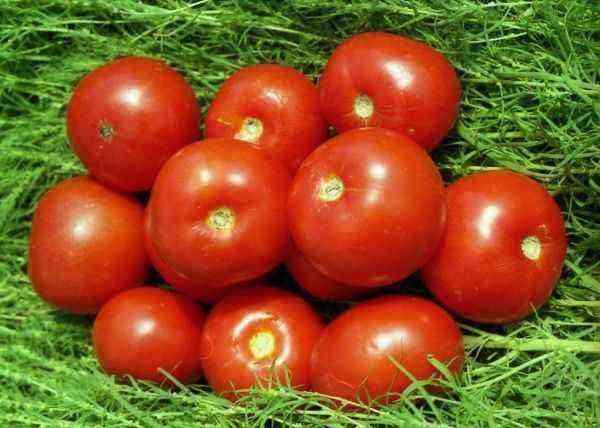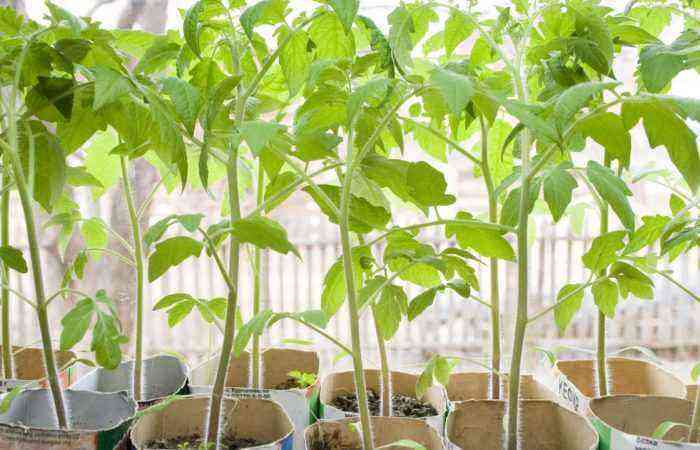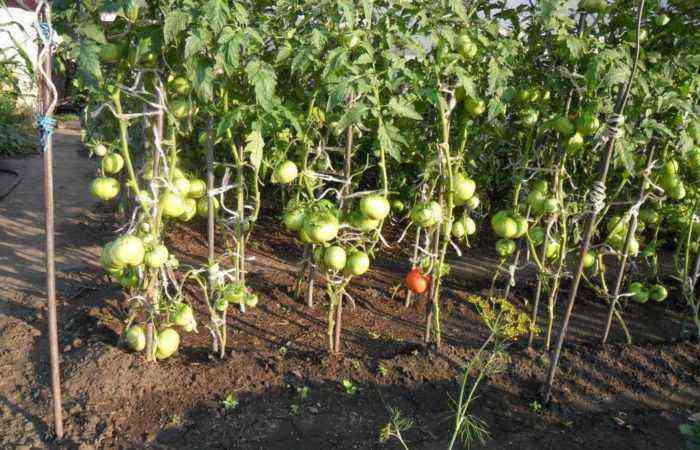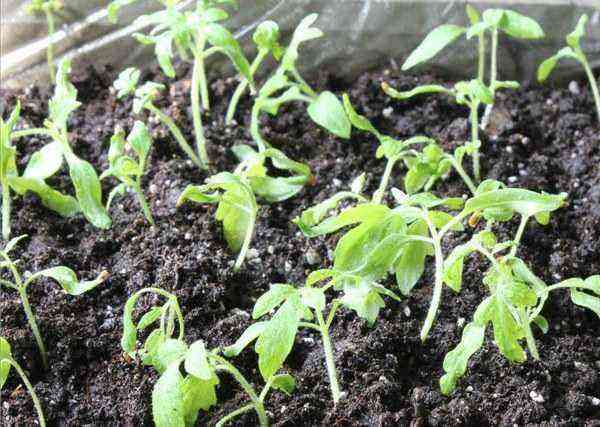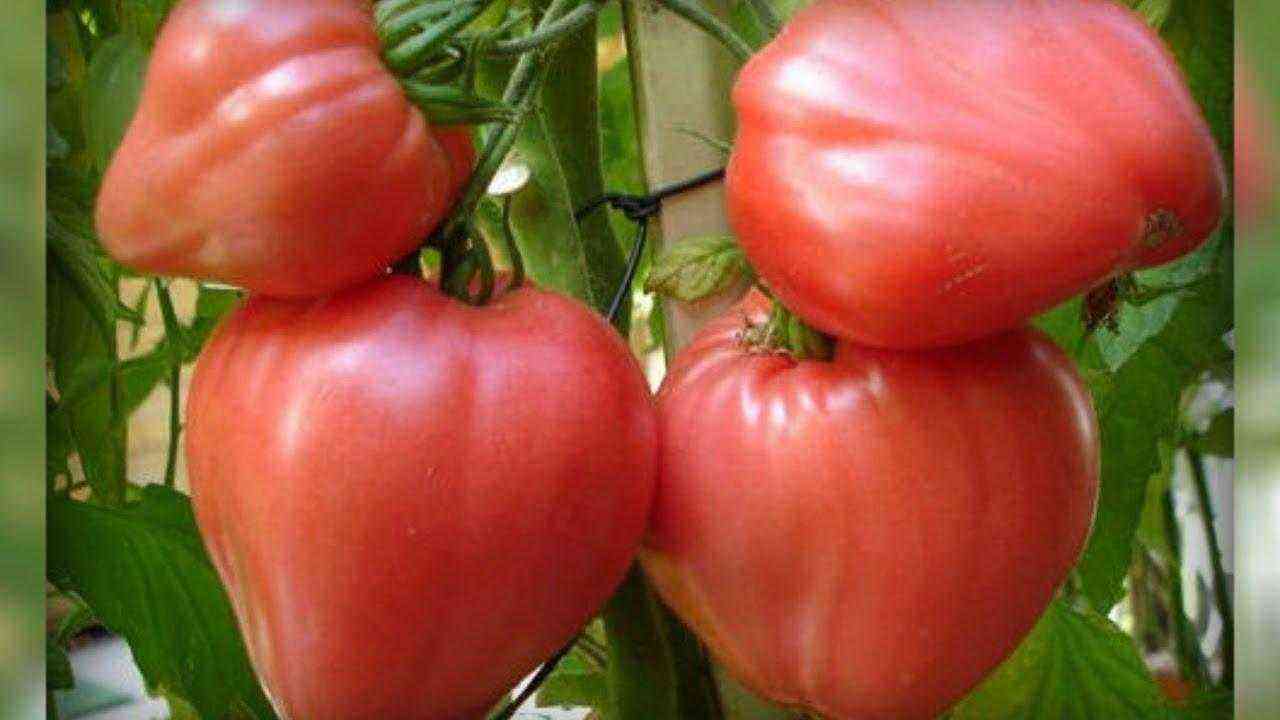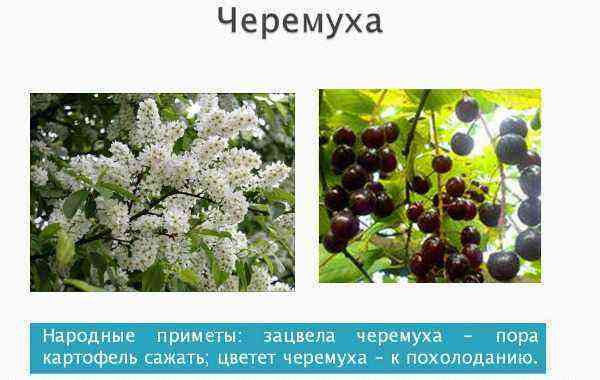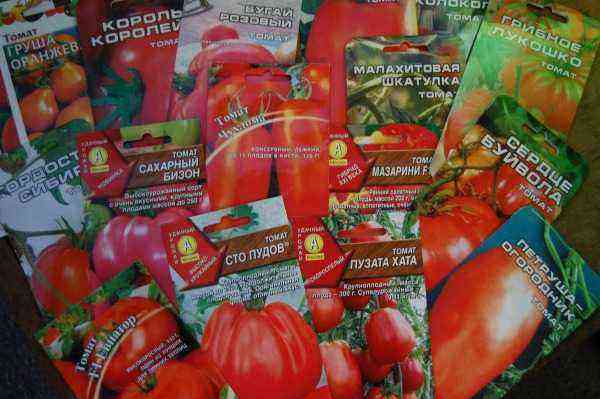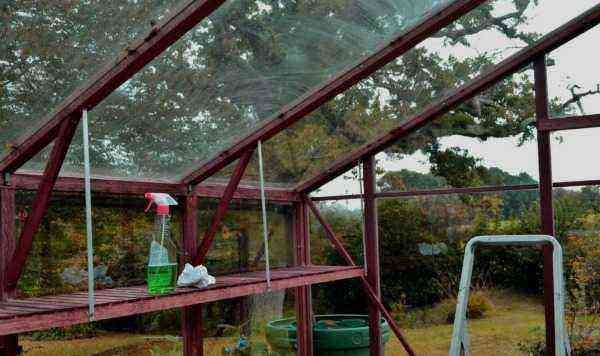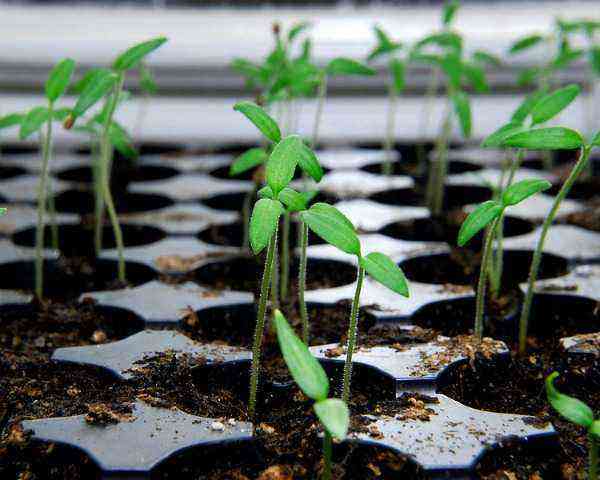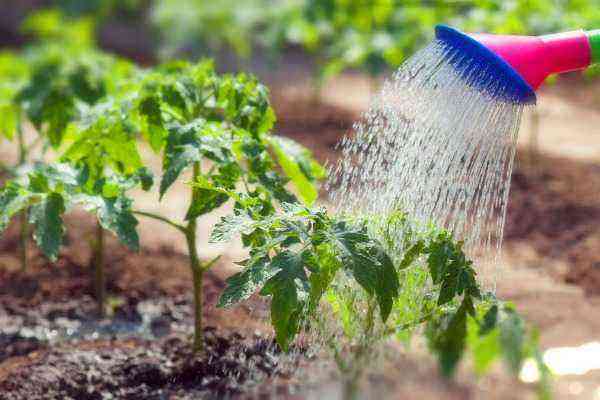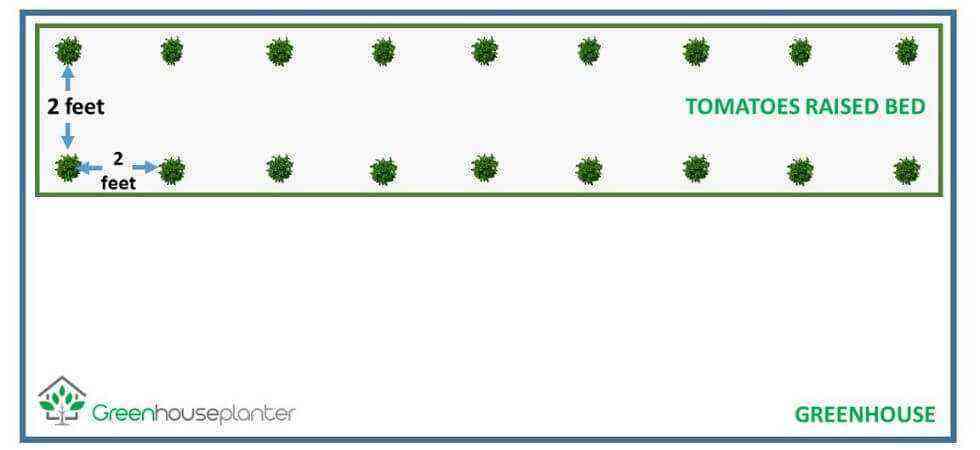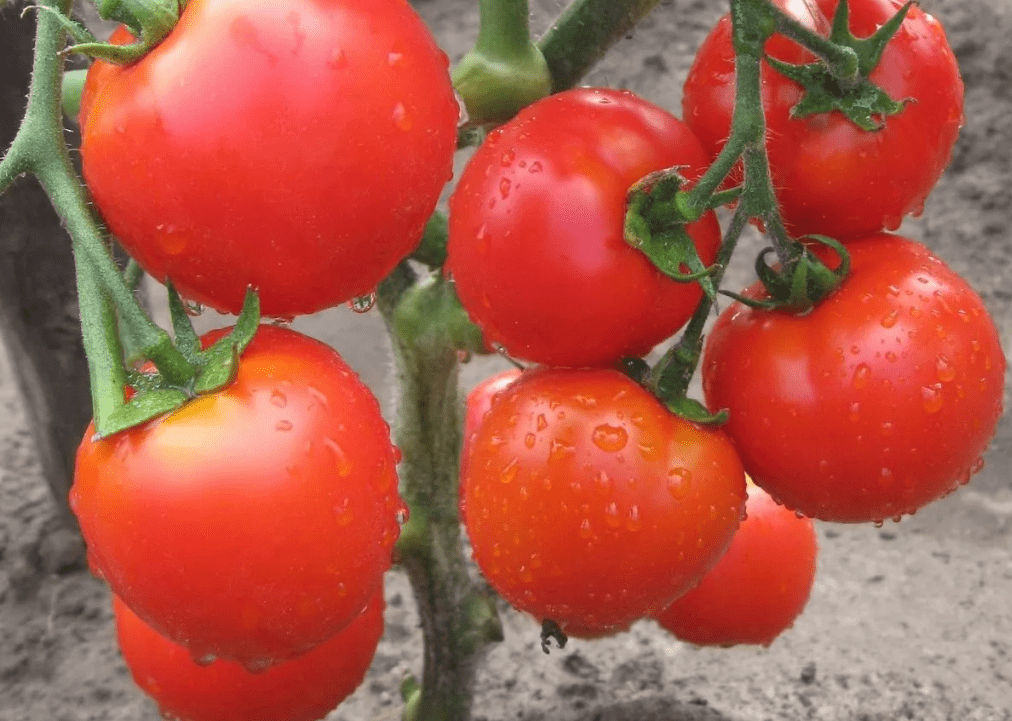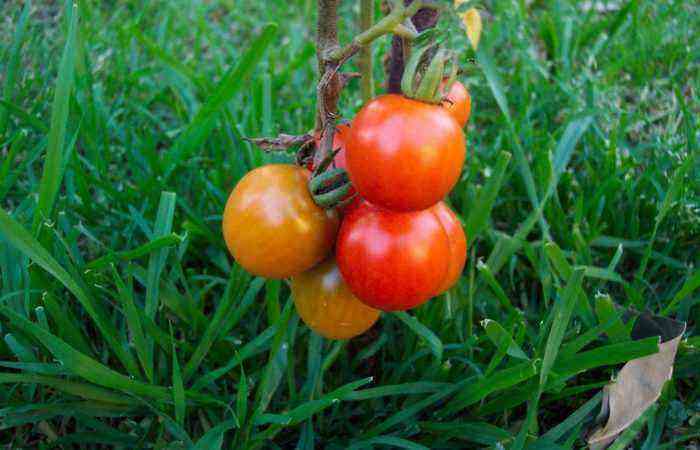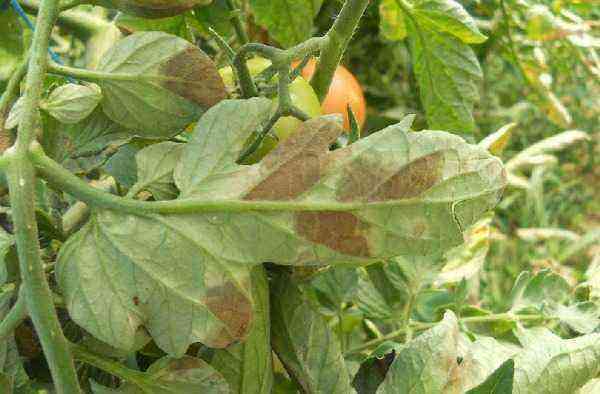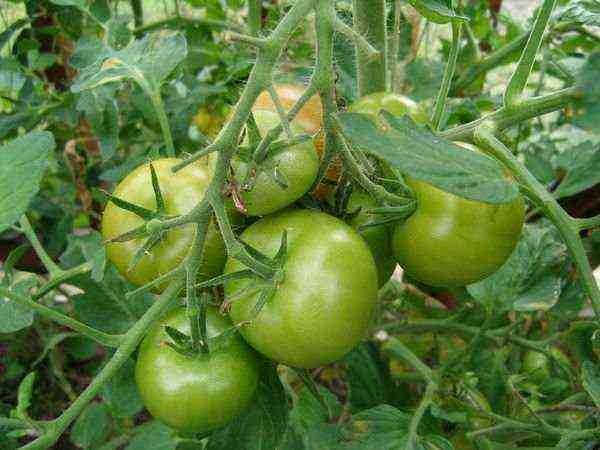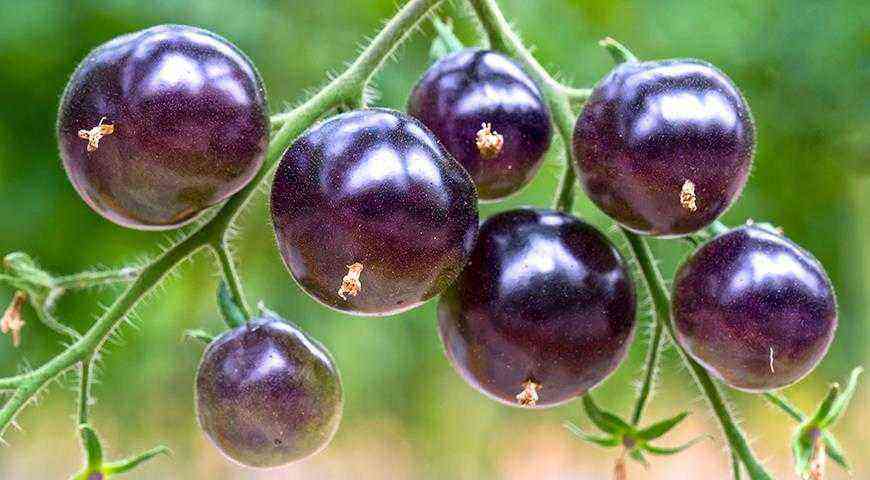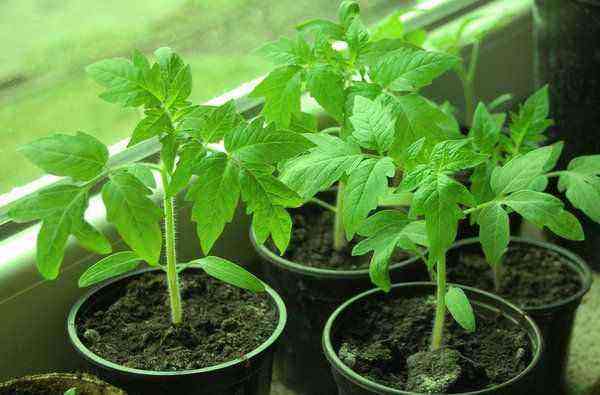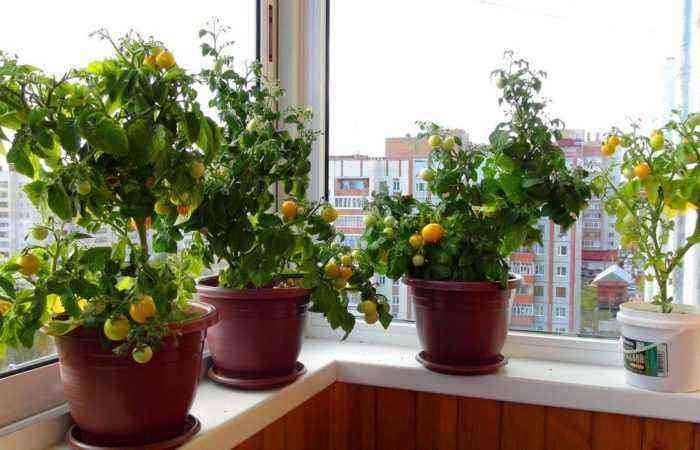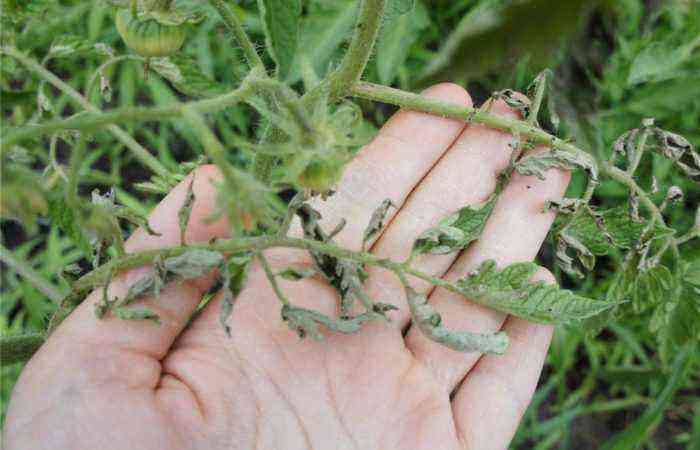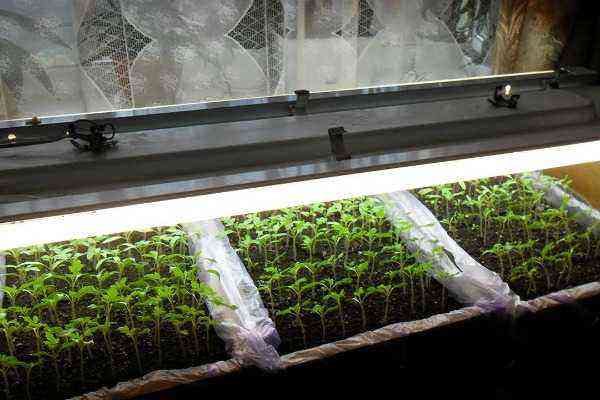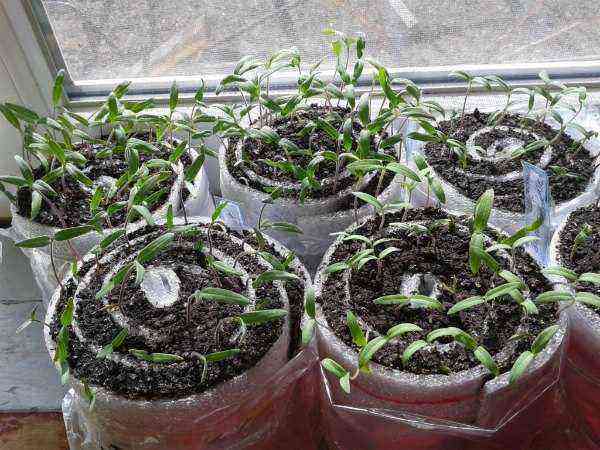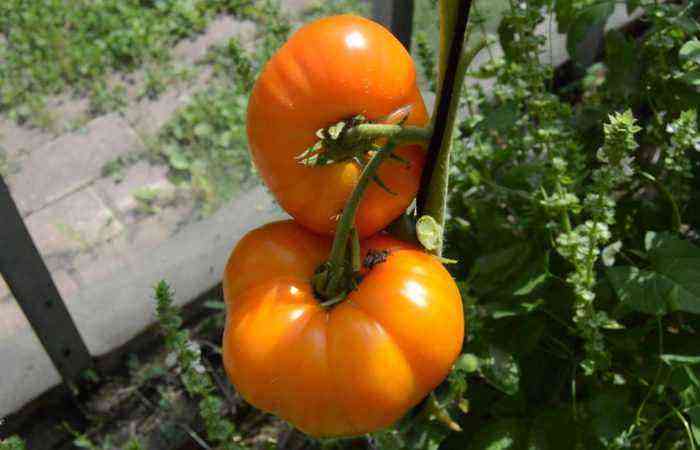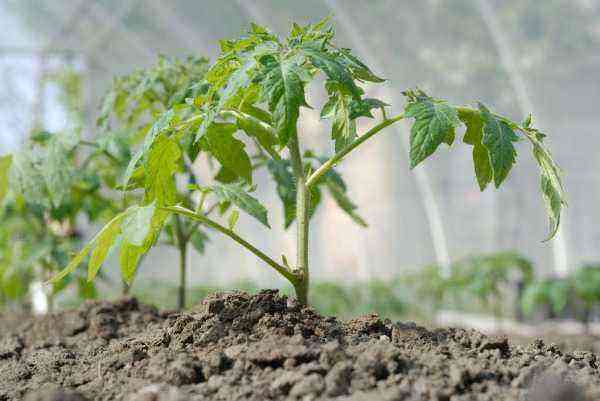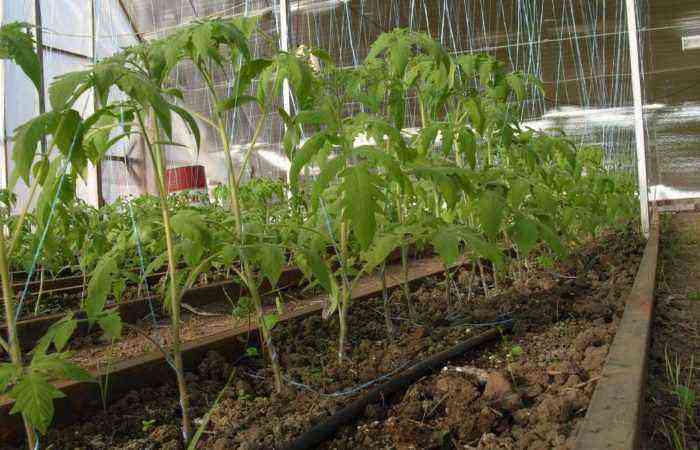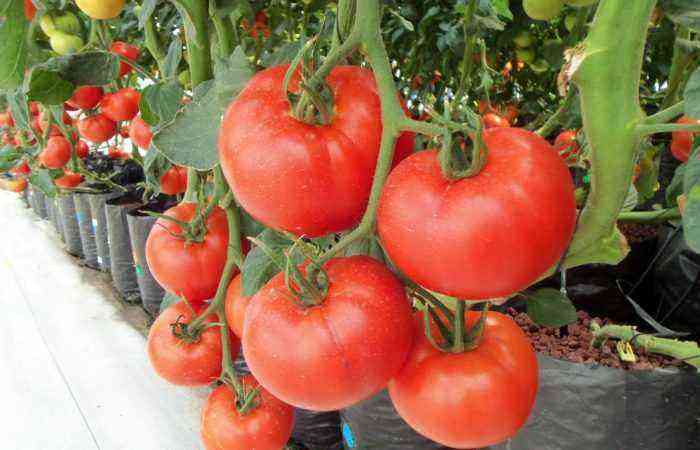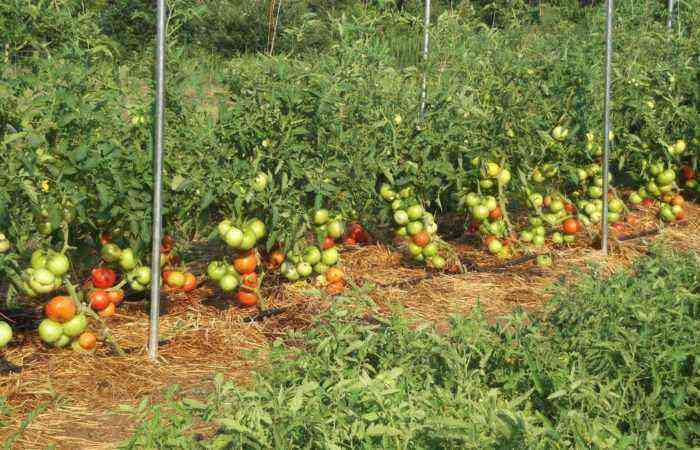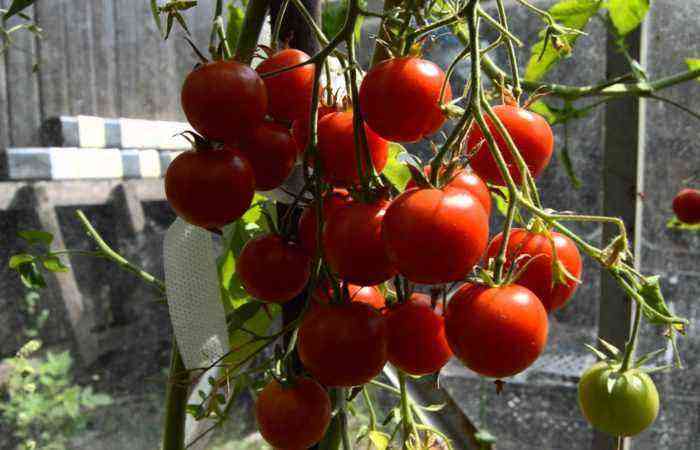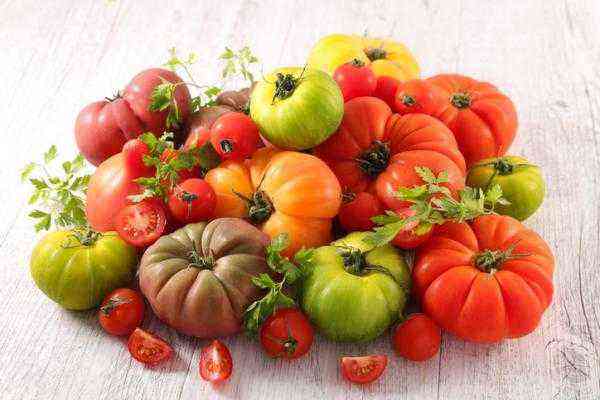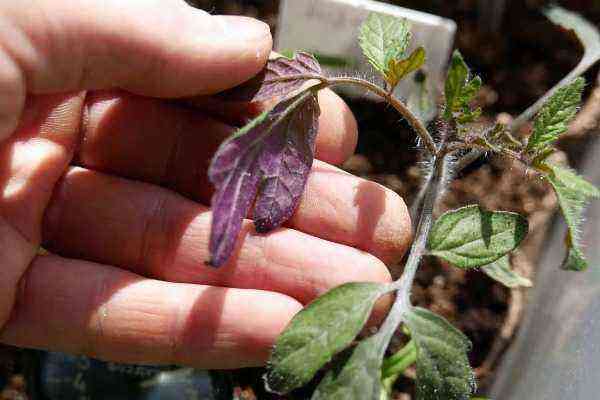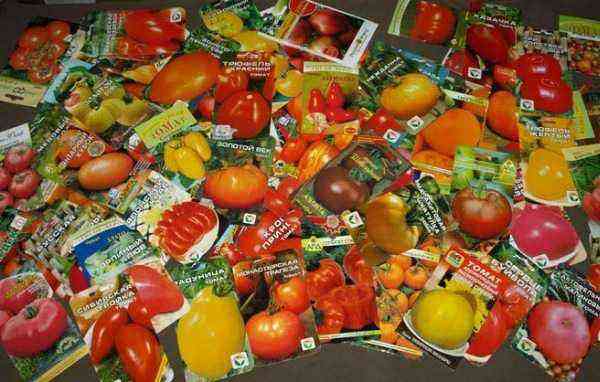Any summer resident sets himself the task of getting a good harvest, adhering to the natural cultivation of vegetables as much as possible, without resorting to chemical compounds. For this, improvised means and methods of plant nutrition are often used. One of the tools that has proven itself in caring for vegetables during their growth is pharmacy iodine.
Many people know that when used correctly, it is safe for humans and does not harm vegetables. In order for iodine to become an excellent assistant in the care of tomatoes, you need to know when and how to process this product.
The principle of action of iodine on tomato bushes
Summer residents regularly use pharmacy iodine to fertilize vegetables. The drug is absolutely harmless, with proper use it gives only a positive result. Despite the fact that the tomato does not really need its beneficial properties, there are a lot of products on the market in which iodine is contained in sufficient quantities. Most often it is used for seedlings of tomatoes that grow in a greenhouse.
Tomatoes are vegetables that are very sensitive to such top dressings, they react to them with active growth.
What is useful watering with iodine solution
In order for tomatoes to grow well, they need to receive fertilizers that contain iodine. With a deficiency of this element, plant growth and fruit ripening are inhibited. Which often leads to diseases of seedlings.
What diseases can be prevented using iodine supplementation
One of the common diseases of all plants is late blight. Regular spraying with iodine solution will help prevent the appearance of pathogens. The use of iodine-containing fertilizers will increase the resistance of the crop to diseases and fungal infections.
Due to the specific smell of the product, harmful insects try to bypass the processed vegetable bushes.
Impact on yield
In order for the treatment with the solution to give a positive result in the future, it is important to do the first feeding after the appearance of the first brushes of the plant, and repeat it after two weeks.
Important! Regular feeding of the root system with iodine-containing fertilizers increases the yield several times.
The product is used only in diluted form. In no case should it be used in pure form, otherwise the plant may die.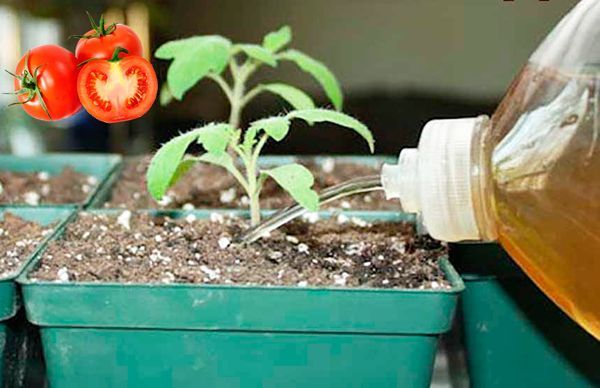
Where is iodine found
This microelement takes an active part in all biological processes.
Iodine is found in chernozem, floodplain and chestnut soils. But there are types of soils that lack it, from which plants suffer greatly. This applies to gray soil, podzolic and solonchak.
In order for the plant to develop well, it needs to receive iodine, but in small proportions.
Separately, such a fertilizer is not produced, so it can be purchased in ready-made formulations, for example, in phosphate rock. Also, do not forget that manure and ash are just the same fertilizers rich in iodine.
How to determine the lack of iodine
In order to understand whether a plant needs additional fertilizing, you need to look at its appearance.
Experienced gardeners use top dressing not only during the active flowering of a tomato bush, but also regularly care for seedlings.
A lack of iodine can contribute to plant problems, namely:
- vegetable diseases;
- poor tomato yield;
- decrease in natural forces, instability to fungal infections;
- the appearance of root rot and late blight.
Feeding methods
Vegetable crops are processed by root and foliar methods. At the beginning of the growing season, the best option would be to alternate both methods. This will be a good prevention of diseases, and in case of a disease, after treatment, the plant will quickly cope with it.
Root fertilizer application
If you work with a tool such as iodine, then it is very important to start processing the culture in a timely manner.
The very first top dressing for tomatoes should be carried out only after the appearance of leaves on the seedlings. Only wet soil can be treated with a solution. Using this fertilizer method, you can see the result from the first application.
Non-root method
This method is carried out by spraying. For this, a spray gun is best suited, because it is necessary that the composition disperse into small particles. Spraying is carried out around the entire perimeter of the bush, avoiding the abundant application of the composition to the leaves.
It is worth considering that with this method it is necessary to adhere to all the proportions of the ingredients in order to prevent the appearance of burns on the leaves.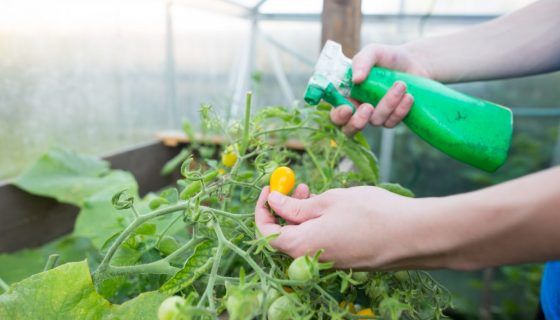
In the care of tomatoes, two methods of feeding should be used. At the beginning of the maturation of the bush, they should be alternated, and then only the root method should be used.
Leaves are processed only in case of plant disease.
Regular treatment of tomatoes with iodine solution will provide reliable protection to the plant, which will further contribute to a good harvest.
General watering rules
Watering a tomato with the addition of iodine is done no more than 3-4 times per season.
Consider a standard feeding method that is suitable for growing seedlings in a greenhouse and in a garden.
- The first watering is done after the seedlings are planted in a permanent habitat. In this case, such treatment will be very useful, because after transplantation, the plant experiences stress, which worsens resistance to various infections. Watering a tomato bush with this composition will increase immunity and protect against the occurrence of fungal infections.
- The second time to feed is after the formation of the ovary.
- The third and fourth fertilization is done when the tomato has fruit. This method of processing can protect the plant from pests that like to eat ripe fruits.
In addition to watering a bush growing in the open air, this feeding method is also used for tomatoes growing in greenhouse conditions. After the first foliage is formed, you can start processing in the same way. To accelerate the growth of tomatoes, a one-time watering with a composition with the addition of iodine is sufficient.
The author of the video shares a recipe for preparing top dressing for tomato seedlings from iodine and hydrogen peroxide.
Preparation of the solution
For each method of feeding tomatoes, there is a different recipe and methods for its use.
Do not forget that iodine is useful for plants, but in a certain amount.
Preparing fertilizers with the addition of this agent is quite simple, the main thing is to know where and when it is better to apply it.
Foliar fertilization method
It is worth considering several recipes for feeding a vegetable crop by applying the composition to the tops.
- Top dressing for a good harvest.
For cooking, take a glass of milk, it is better if it is not fatty. Next, 1 liter of warm water and 4-5 drops of iodine. Spray the leaves and stem of the tomato with a ready-made agent, avoiding waterlogging of the bush. It is worth carrying out the procedure in the morning or evening.
Important! Do not add more iodine to the fertilizer, so as not to burn the leaves of the plant.
- Therapeutic composition for late blight.
There is an excellent method of getting rid of late blight of tomatoes. To do this, take a large container, pour 10-12 liters of water into it, add 1 liter of sour milk or whey. In the mixed ingredients put 1 tbsp. a spoonful of hydrogen peroxide and 35-40 drops of iodine. Using this method, seedlings must be sprayed abundantly from all sides.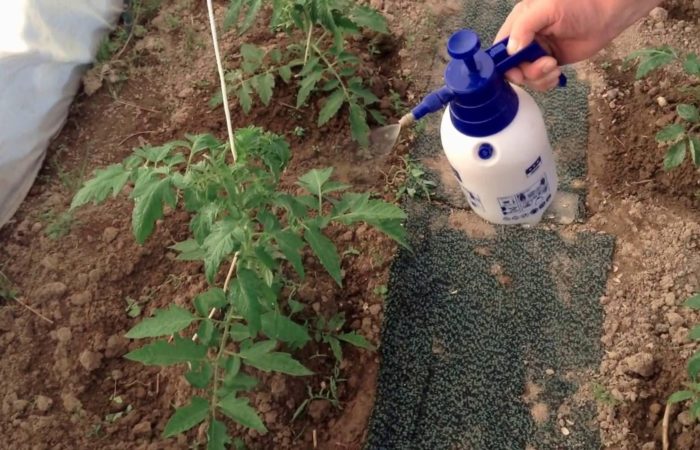
Recipes for root dressing
It is very careful to carry out fertilizer in this way, preventing the composition from getting on the leaves and stems of the plant. In a situation where this could not be avoided, the leaves should be washed with clean water to prevent damage.
- Top dressing for tomato immunity.
This method makes the plant more resistant to fungal diseases.
For cooking, you need 8 liters of hot water, to which you need to add 2 liters of ash powder, mix everything. After the composition has cooled, add 10 g of boric acid powder and a small vial of iodine. The prepared mixture should be infused for at least 10 hours. This tool can be used on an ongoing basis for the preparation of useful fertilizers.
- Fertilizers for better fruiting.
In order for a tomato to give a good harvest, it is necessary to feed, for which you need only 2-3 drops of iodine per bucket of water. For irrigation, it is recommended to use warm water at room temperature. This type of top dressing should be done during the period when the plant bears fruit. One bush goes 0,5-0.7 liters of finished liquid. Watering with this mixture is recommended when the ground around the plant is slightly dry.
How to water tomatoes with iodine
Root processing of a tomato is recommended when the seedlings have the first leaves. Initial processing should be done with more gentle formulations. At first, ordinary water with the addition of a couple of drops of iodine will be enough. The solution should be treated with the soil where the crop is planted. Do not forget that before fertilizing it must dry out.
The next treatment with iodine should be carried out when the seedlings form a brush.
On small bushes it is worth pouring 0.5 liters of liquid. For irrigation with fertilizers of adult tomatoes, it will be enough to use 0,7-1 l of the finished composition.
Do not forget that tomatoes love fertilizer during fruiting. When tomatoes appear on the bushes, it is advisable to apply the composition with the addition of iodine again. This will not only be an excellent option for getting a good harvest, but also an insect treatment and reliable protection against fungal diseases.
How to process haulm
Any gardener knows that with the correct use of ready-made formulations using iodine, you can get a positive result from the first treatment.
Foliar treatment must be carried out with caution, evenly spraying all parts of the plant.
You need to strive to ensure that the spraying is as shallow as possible, similar to fog. The recommended time for this method of fertilization is early morning or late evening.
To process the tops, it is very important to adhere to the recipe, because an excess of iodine can harm the tomato bush. It is also worth paying attention to the fact that there should not be a lot of these dressings, 3 treatments per season are enough. Timely produced fertilizer increases the resistance to diseases of the plant.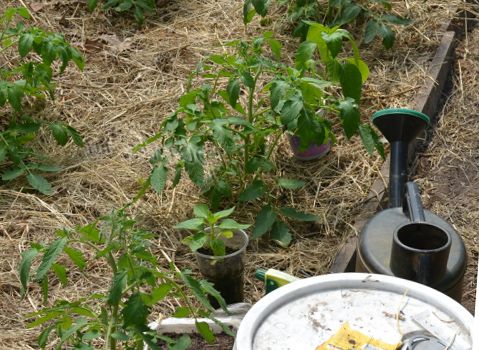
Tips to help you avoid mistakes
Sometimes even an experienced summer resident faces problems in caring for tomatoes, to say nothing of beginners who still do not quite understand what and how to do.
To do this, recommendations have been created that will answer many questions and help avoid mistakes:
- Do not apply iodine treatment to seedlings that, after transplanting into the ground, have not yet been in it for about 10 days.
- In the case of tomato disease, treatment with iodine and the addition of serum can be done at intervals of 1 time in 3 days, but not more than one month in a row.
- Carry out preventive spraying once a quarter.
- In the case when the seedlings are sick with late blight, fertilizers with the addition of brilliant green should not be applied to it.
- During the application of dressings using iodine, seedlings do not need to add aspirin and trichopolum tablets.
- You can use iodine for tomatoes by adding potassium permanganate crystals in parallel. To do this, you need to take 100 g of manganese per 0,5 ml of water.
- When using milk for fertilizer, it is important to pay attention to the fact that it has a low-fat composition.
- Hydrogen peroxide and boric acid powder can be used only 5 days after the treatment of tomatoes with iodine.
Iodine for tomatoes is an excellent means of watering and getting rid of many diseases. In the process of caring for your favorite vegetable, it is important to strictly adhere to the recipe so as not to harm the young plant.
Knowing which products to combine iodine with correctly, as a result, you can get a rich and tasty harvest.
